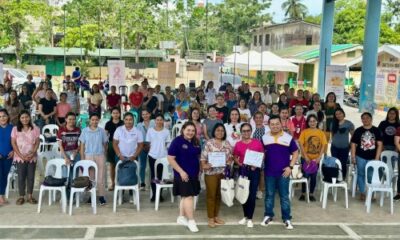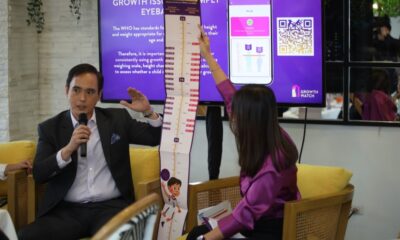News
World Bank, Myanmar Visit 4Ps Site in Pampanga
Officials from World Bank and Union of Myanmar visited the municipality of Floridablanca for a study tour on the implementation of Pantawid Pamilyang Pilipino Program (4Ps) and Listahanan.
“Myanmar is looking for the possibility of patterning their safety net system in the Conditional Cash Transfer of the Philippines or popularly known as 4Ps,” Department of Social Welfare and Development (DSWD) Regional Director Gemma B. Gabuya said.
During the activity, DSWD provided them with the overview of 4Ps and Listahanan, as well as the challenges, learnings and good practices of Central Luzon.
One of the good practices presented was the inclusion of Family Development Session (FDS) among the conditions of the program prior to cash transfer.
“FDS starts with self-awareness, responsible parenting, enabling citizenship, education and empowerment,” Gabuya added.
Another is the multi-sectoral approach of DSWD through its City/Municipal Inter-agency Committee which oversees the gaps and interventions in the community.
4Ps is the flagship poverty alleviation program of the Philippines. It has a set of condition to be fulfilled by the beneficiary household prior cash transfer.
This includes monthly monitoring of health status of children, at least 85 percent attendance to school for school-aged children, and attendance of parents to monthly FDS.
Each household will then receive a maximum of P2,500 monthly depending on the number of eligible and compliant beneficiary.
Moreover, Listahanan or the National Household Targeting System for Poverty Reduction is an information management system that identifies who and where the poor are in the country.
The system makes available to national government agencies and other social protection stakeholders a database of poor families as reference in identifying potential beneficiaries of social protection programs.
“In Central Luzon, we have a total of 227,404 households registered in the program. From January to July 2018, 94.88 percent of these beneficiaries regularly attend school, 96.78 percent are being monitored for health status and 92.57 percent actively participates during FDS,” Gabuya disclosed. (CLJD-PIA 3)

































